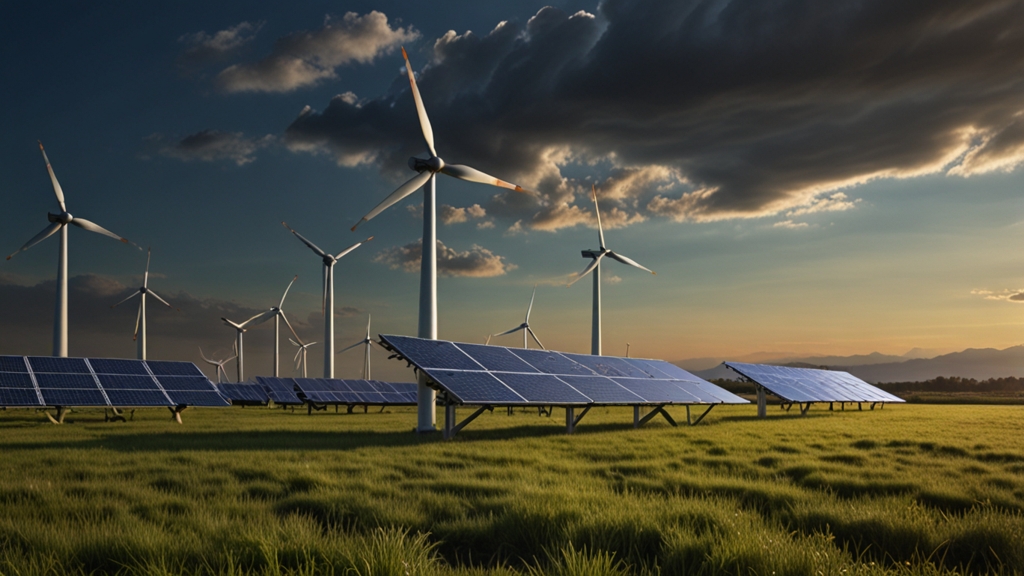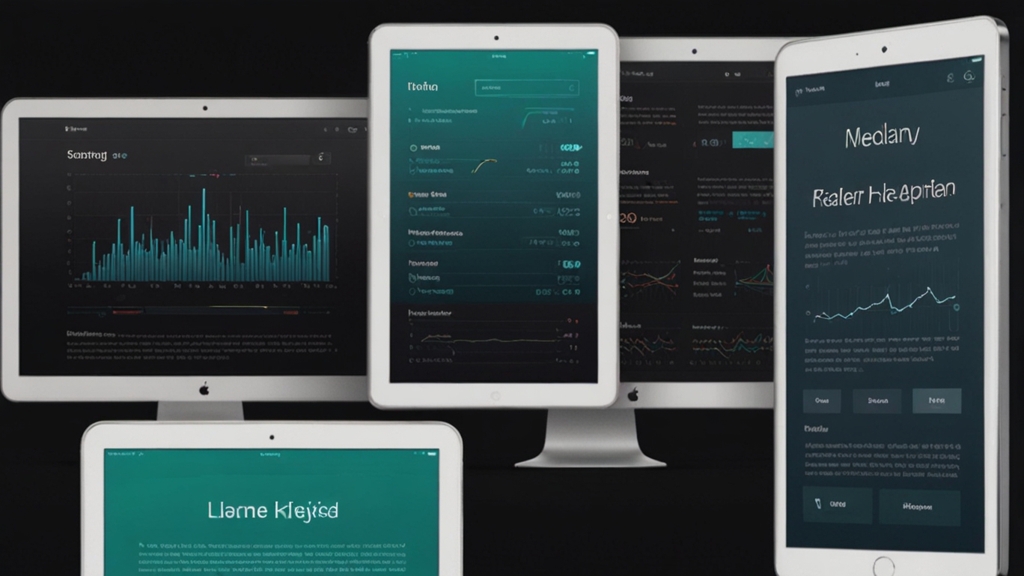Sustainable Energy: The Innovations that Could Save Our Planet
As the world grapples with the dual challenges of climate change and depleting fossil fuel reserves, sustainable energy has emerged as a crucial area of focus. Innovative solutions in the realm of renewable energy are not only necessary but are indeed imperative for the survival and thriving of future generations. From solar and wind to groundbreaking new technologies, various innovations hold the promise of a greener planet.
Solar Power: Harnessing the Sun’s Energy Like Never Before
Solar power has seen dramatic advancements over the past decade. Traditional photovoltaic (PV) cells have become more efficient, but recent innovations are pushing the boundaries even further. Bifacial solar panels, which can capture sunlight from both sides, and solar skins, which blend into the architecture of buildings, are leading the charge. These innovations offer not only greater energy efficiency but also aesthetic flexibility.
“The sun, with all those planets revolving around it and dependent on it, can still ripen a bunch of grapes as if it had nothing else in the universe to do.” — Galileo Galilei
Beyond just the panels, the advent of solar storage solutions such as high-capacity batteries ensures that solar energy can be used even when the sun isn't shining. This means homes and businesses can rely more heavily on solar power without the inconsistency issues that plagued earlier systems.
Wind Energy: Tapping into Natural Currents
Wind energy is another sector experiencing rapid innovation. Offshore wind farms, previously considered too costly or impractical, are now in operation in many parts of the world. Floating wind turbines, capable of being positioned in deeper waters where winds are stronger and more reliable, are making a significant impact.
Onshore, vertical-axis wind turbines are gaining popularity. These turbines are more compact and can be integrated into urban environments without disrupting the landscape or posing significant noise issues. Innovations in materials and design are making these systems more efficient and less intrusive.
Hydrogen Fuel Cells: The Future of Clean Energy?
Hydrogen fuel cells have long been touted as a clean alternative to traditional fossil fuels. Recent advancements have made this technology more viable, especially for transportation and large-scale energy storage. Hydrogen fuel cells produce only water as a byproduct, making them incredibly environmentally friendly.
“The promise of hydrogen is that it can be a renewable, sustainable form of energy, made from water and returning water.” — R. James Woolsey
Infrastructure for hydrogen production and storage is rapidly developing. Innovations in electrolyzers, which separate water into hydrogen and oxygen, are increasing efficiency and bringing down costs. This technology holds the potential to revolutionize everything from public transit to personal vehicles, reducing our reliance on fossil fuels considerably.
Emerging Technologies: Beyond the Conventional
While solar, wind, and hydrogen are the most talked-about forms of sustainable energy, several emerging technologies could significantly contribute to a sustainable future. For instance, wave and tidal energy harness the power of the oceans, offering a consistent and reliable energy source.
Geothermal energy, which taps into the Earth's internal heat, remains underutilized but holds significant promise. Innovations in drilling technology and energy capture are making geothermal plants more efficient and less invasive. Similarly, bioenergy, derived from organic materials, provides a versatile and renewable energy source that can replace traditional fossil fuels in many applications.
The Road Ahead
Transitioning to sustainable energy is not without its challenges. Infrastructure, cost, and the need for global cooperation are significant hurdles. However, the innovations unfolding in the energy sector provide a beacon of hope. Governments, businesses, and individuals must work collaboratively to adopt and promote these technologies.
By embracing innovation and supporting the development of sustainable energy sources, we can mitigate the impacts of climate change and pave the way for a cleaner, greener future. Our planet’s health and the well-being of future generations depend on the steps we take today.








